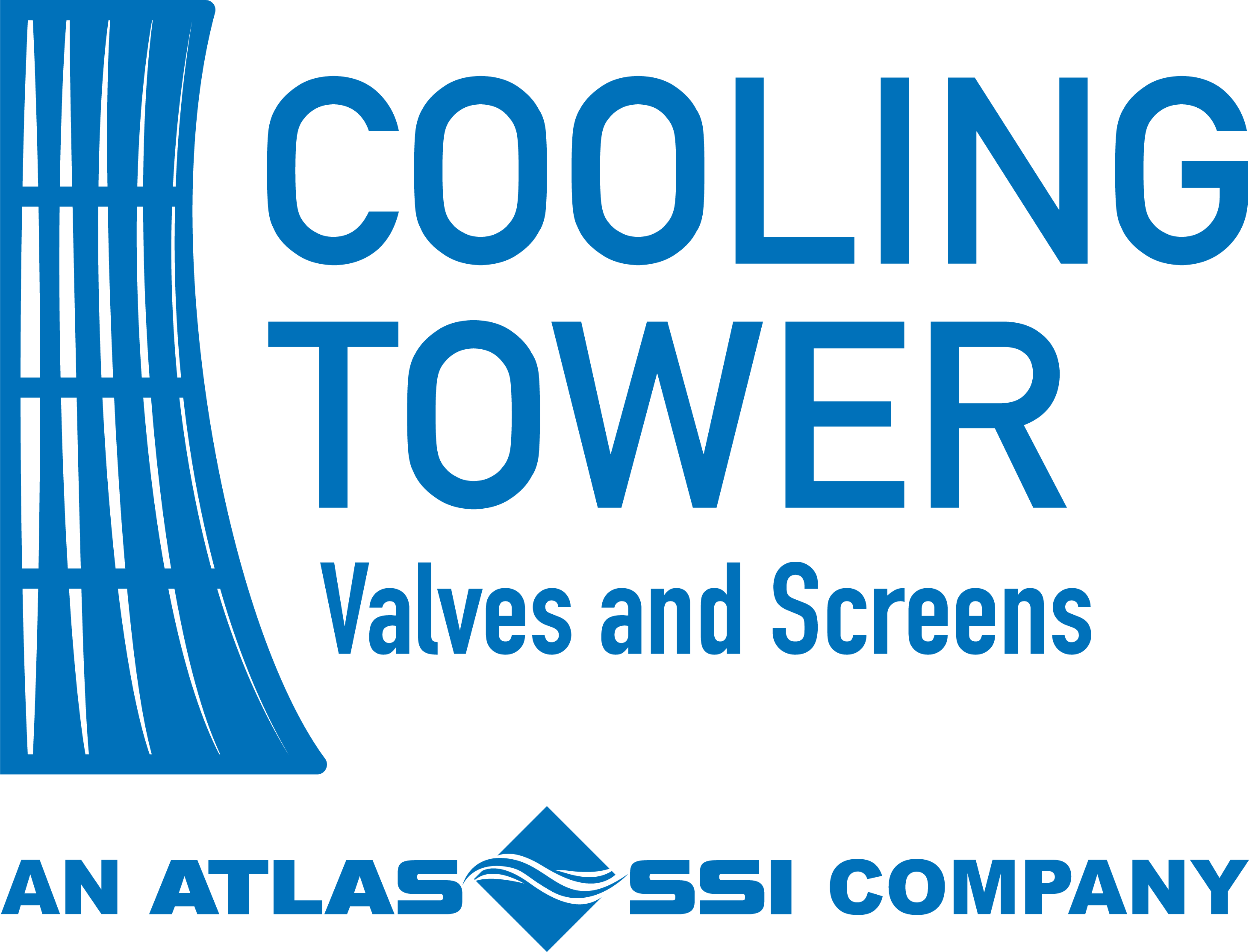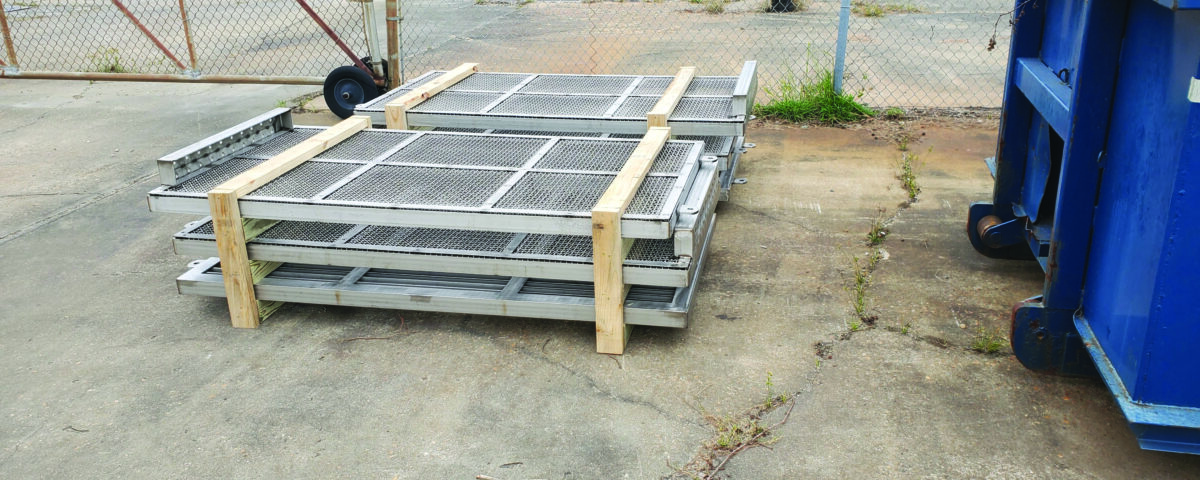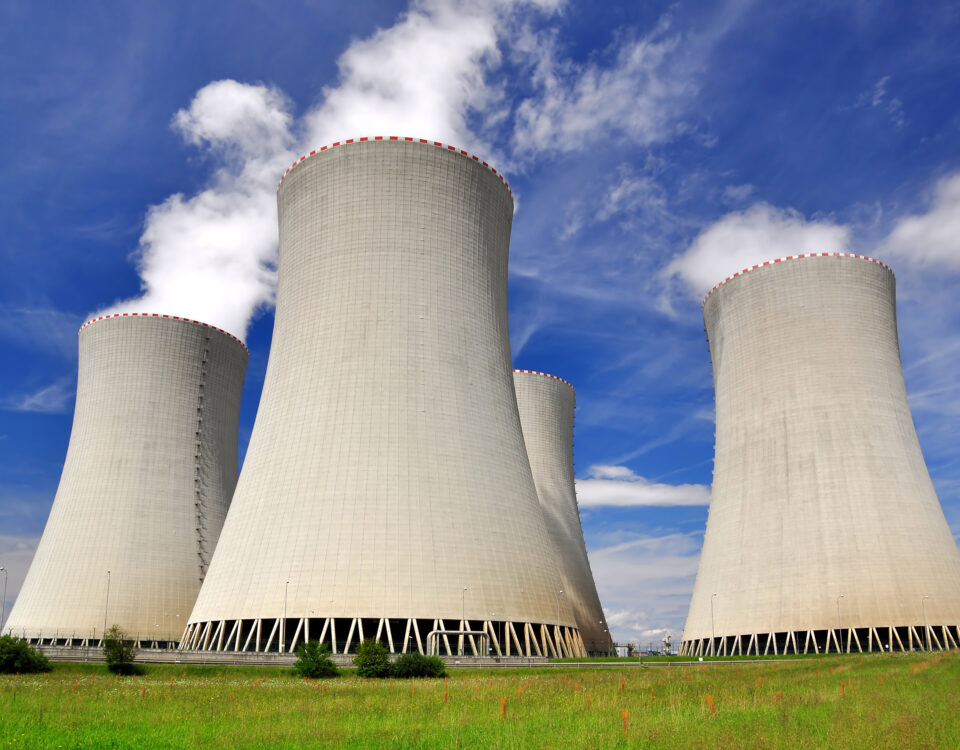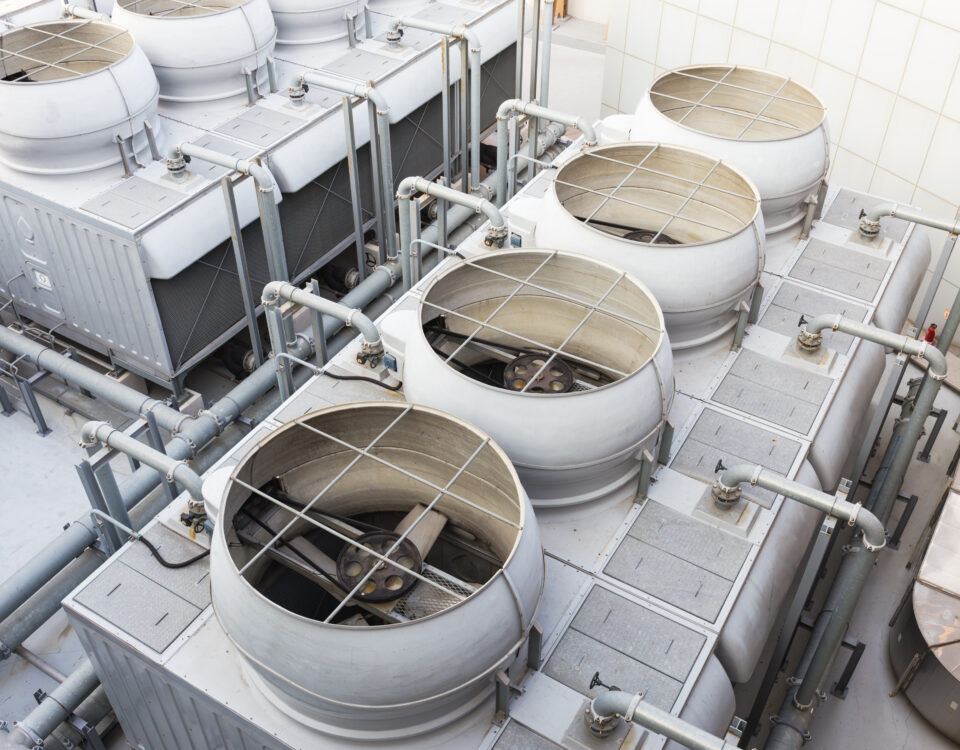
Reduce Cooling Tower Maintenance with Expert Cooling Tower Flow Valve Installers
May 15, 2024
How to Check for Leaks in Cooling Tower Valves
June 18, 2024Water screens are installed in cooling tower basins to capture pieces of debris that can obstruct the flow of cooling water through the tubes in the heat exchanger. Stationary cooling tower screens of varying types are used in most cooling tower basins. While stationary screens are a generic defense of the cooling tower’s pump, exchanger, and other components, they are very effective. Fixed water screens provide an affordable mitigation tool that can improve cooling tower efficiency and prevent clogged heat exchangers and other damage.
Why is Cooling Tower Efficiency Important?
A cooling tower uses an evaporation process combined with heat exchangers to provide cooling water to processes within a facility. The tower should also include one or more water screens installed in the cold-water basin at the bottom of the tower. These screens capture debris to protect pumps, heat exchangers, and downstream systems by filtering it out.
The efficiency of cooling towers is critical to maintaining production given the large-scale heat transfer necessary to provide cooling water to the facility. Optimal performance is critical for the cooling process within the heat exchanger since it plays a vital role in the overall tower cooling cycle.
Why are Clogged Cooling Tower Heat Exchangers a Problem?
Cold water flows through a set of metal tubes as a second heat transfer fluid passes through the sealed shell, which allows heat to pass from one fluid to the other, this is how the heat exchanger works. When debris enters the cooling water from the tower’s basin and it is larger than the cooling tower’s heat exchanger’s tubes it will obstruct the flow. When this happens the ability to transfer will be reduced, if not eliminated. If debris builds and continues to block the flow rate, less efficiency and more damage can be experienced, resulting in downtime and expensive repairs.
The stationary water screens engineered by CTVS are designed to keep debris out of your cooling tower and downstream systems. With preventative measures in place, your operation can continue to run smoothly, efficiently, and effectively.




